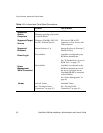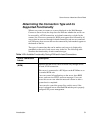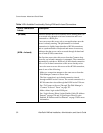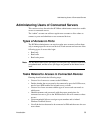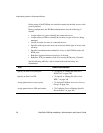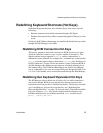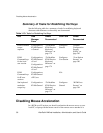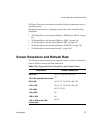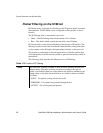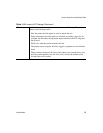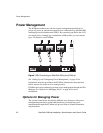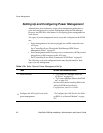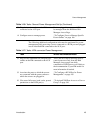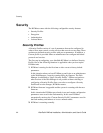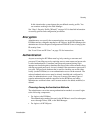
Screen Resolution and Refresh Rate
38 AlterPath KVM/net Installation, Administration, and User’s Guide
Packet Filtering on the KVM/net
IP filtering refers to the selective blocking of the IP packets based on certain
characteristics. The KVM/net can be configured to filter packets as does a
firewall.
The IP Filtering form is structured in two levels:
• Chain – The IP Filtering form which contains a list of chains
• Rule – The chains which contain the rules that control filtering
IP filtering refers to the selective blocking of the passage of IP packets. The
filtering is based on rules that describe the characteristics of the packet (that
is, the contents of the IP header, the input/output interface, or the protocol).
This feature is used mainly in firewall applications to filter the packets that
could potentially crack the network system or generate unnecessary traffic in
the network.
The following table describes the different levels of IP filtering
Table 1-15: Levels of IP Filtering
Chain
The filter table contains a number of built-in chains and may include user-
defined chains. The built-in chains are called according to the type of
packet. User-defined chains are called when a rule which is matched by the
packet points to the chain. Each table has a set of built-in chains classified
as follows:
• INPUT - For packets coming into the box itself.
• FORWARD - For packets being routed through the box.
• OUTPUT - For locally generated packets.



